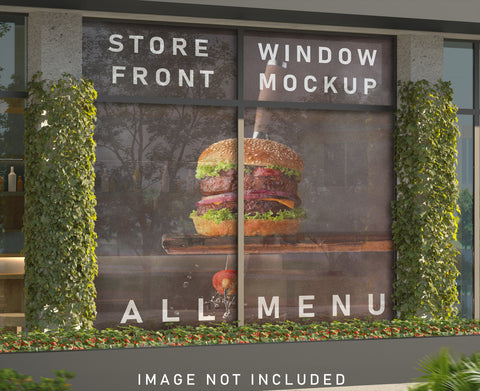As more consumers become environmentally conscious, restaurants are increasingly seeking ways to reduce their carbon footprint. One area ripe for sustainable change is printing. From menus to takeout containers, the materials and processes used in printing can significantly impact a restaurant's sustainability efforts. In this blog, we’ll explore three case studies of restaurants that have successfully implemented eco-friendly printing solutions, demonstrating the real-world benefits of going green.
Case Study 1: Green Leaf Café – A Shift to Compostable Packaging
Background: Green Leaf Café, a fast-casual restaurant in Portland, OR, is well-known for its organic, locally-sourced menu. However, they realized that their takeout packaging wasn’t aligning with their eco-friendly brand values. The café used standard plastic containers, which, while durable, were not biodegradable.
Solution: Green Leaf Café decided to switch to custom printed compostable packaging made from plant-based materials. They collaborated with a printing company specializing in eco-friendly solutions to design vibrant, branded takeout containers that reflected their commitment to sustainability.
Results: The shift to compostable packaging had a significant impact. Not only did the café reduce its environmental footprint, but customer feedback was overwhelmingly positive. Sales of takeout orders increased by 15%, driven by environmentally-conscious consumers who appreciated the café’s commitment to sustainability. Green Leaf Café also earned local media attention, further boosting its reputation.
Key Takeaway: Aligning your packaging with your brand’s eco-friendly values can not only reduce your environmental impact but also attract and retain customers who prioritize sustainability.
Case Study 2: The Ocean’s Edge Restaurant – Reducing Waste with Digital Menus
Background: The Ocean’s Edge, a seaside restaurant in California, faced a challenge with their printed menus. The restaurant frequently updated its menu to reflect seasonal seafood availability, leading to a high turnover of printed menus and considerable paper waste.
Solution: To address this issue, The Ocean’s Edge decided to implement digital menus, accessible via QR codes placed on each table. For customers who preferred physical menus, the restaurant offered custom printed menus on 100% recycled paper, using vegetable-based inks.
Results: The introduction of digital menus reduced the need for frequent reprints, cutting paper waste by 70%. The restaurant also saved on printing costs and received positive feedback from tech-savvy customers who appreciated the convenience of accessing the menu on their devices. Additionally, the remaining printed menus reinforced the restaurant’s commitment to sustainability with a note about the eco-friendly materials used.
Key Takeaway: Adopting digital solutions and sustainable printing practices can significantly reduce waste and enhance your restaurant’s environmental credentials.
Case Study 3: Sunflower Bistro – A Focus on Eco-Friendly Marketing Materials
Background: Sunflower Bistro, a cozy eatery in Austin, TX, was looking for ways to improve its marketing efforts while staying true to its green ethos. The bistro frequently distributed flyers, business cards, and promotional materials, but the owner was concerned about the environmental impact of traditional printing methods.
Solution: The bistro partnered with a local printing company that specializes in sustainable practices. They switched to 100% recycled paper for all marketing materials and used soy-based inks, which are less harmful to the environment than traditional petroleum-based inks. Additionally, they opted for eco-friendly banners made from biodegradable materials for outdoor promotions.
Results: Sunflower Bistro’s commitment to eco-friendly marketing resonated with the local community, leading to increased foot traffic and a stronger brand presence. The use of recycled paper and soy-based inks reduced the environmental impact of their marketing campaigns, while the biodegradable banners reinforced their sustainability message.
Key Takeaway: Sustainable printing solutions extend beyond packaging to include all aspects of your restaurant’s marketing. By choosing eco-friendly materials, you can maintain a consistent green message across your entire brand.
Conclusion: The Long-Term Benefits of Sustainable Printing
These case studies illustrate the tangible benefits of implementing sustainable printing solutions in your restaurant. Whether through compostable packaging, digital menus, or eco-friendly marketing materials, adopting greener practices can enhance your brand’s reputation, reduce costs, and attract a more environmentally-conscious customer base.
By learning from these examples, you can take actionable steps to make your restaurant more sustainable, ensuring that your commitment to the environment is reflected in every printed item you produce. Sustainable printing isn’t just good for the planet—it’s good for business.




